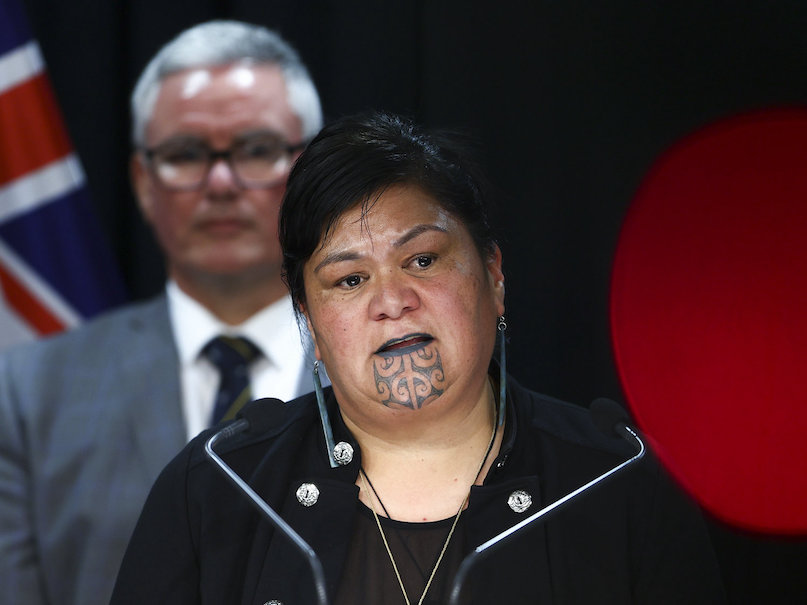New Zealand Appoints First Indigenous Female Foreign Minister

New Zealand Prime Minister Jacinda Ardern announced parliament’s newest ministers Monday, including the appointment of Nanaia Mahuta to the role of Minister of Foreign Affairs; the nation’s first Indigenous woman to hold the position.
Just shy of a quarter-century of political prowess, including her most recent roles as Minister for Māori Development and Local Government, Mahuta will join what is becoming one of the most diverse parliaments in the world. “I am excited by this team,” Ardern said. “They bring experience from the ground, and from within politics. But they also represent renewal and reflect the New Zealand we live in today.”
Mahuta is one of New Zealand’s 5 Māori ministers. Also contributing to the cabinet’s cultural diversity are members of parliament Ibrahim Omer and Vanushi Walters, parliament’s first leaders of African and Sri Lankan origin.
The country of 4.8 million people is represented by 120 elected members of parliament. At the moment, more than half of those representatives are women and about 10% are openly lesbian, gay, bisexual and transgender.
New Zealand’s government is also shifting gears by bringing in younger members of parliament. Ardern, who began her second term in October, became the world’s youngest female head of government when elected as New Zealand’s 40th prime minister in 2017; she was 37 years old at the time.
Professor Paul Spoonley, Pro Vice-Chancellor of the College of Humanities and Social Sciences at Massey University, believes New Zealand’s parliament is the most diverse in the nation’s history in terms of gender, ethnic and indigenous representation. “What we have seen is a departure of many of the older, male, white MPs including some who have been in parliament for over 30 years,” Spoonley told Reuters in an October interview.
